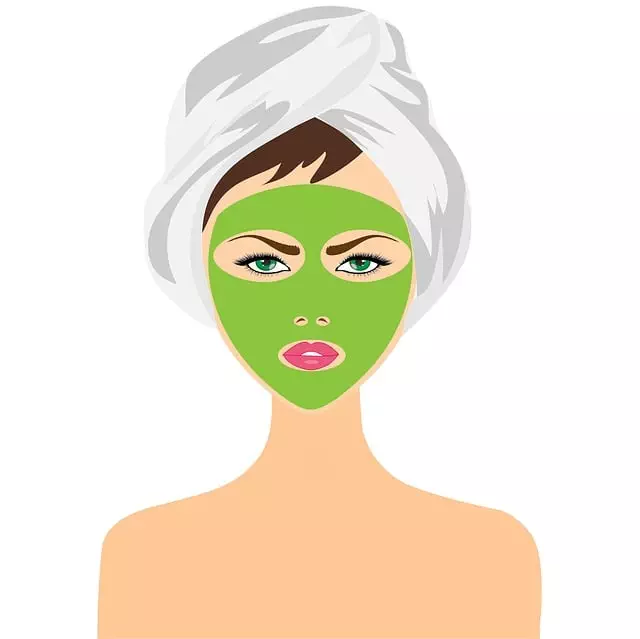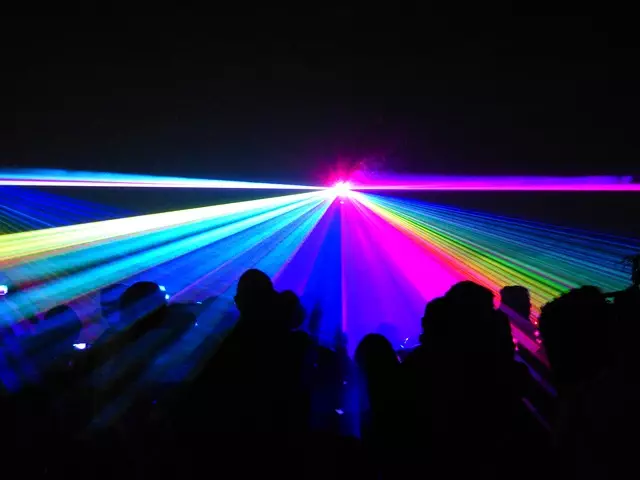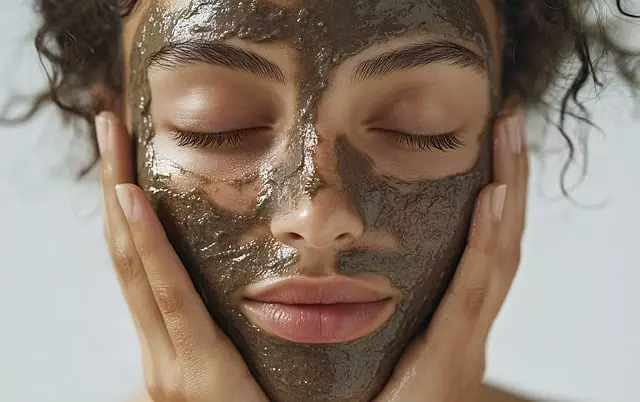Laser skin treatments revolutionize skincare with non-invasive laser technology, effectively addressing fine lines, wrinkles, pigmented spots, and uneven texture. There are ablative and non-ablative lasers, offering distinct yet powerful approaches. A pre-treatment consultation is essential for personalized planning. Post-procedure, redness, mild swelling, and skin tightness are normal, with most patients resuming activities within two days. Laser resurfacing, a type of laser treatment, provides quick (under 30 minutes) and comfortable sessions, leading to smoother, even-toned skin after several spaced treatments. Safety precautions, including sun protection and post-treatment care, are crucial for minimizing risks and maximizing results from these game-changing laser skin treatments.
“Unveil your skin’s radiant potential with Laser Resurfacing Spa – your guide to achieving healthy, glowing complexions. This comprehensive article delves into the world of laser skin treatments, exploring cutting-edge technology that revolutionizes skincare. From understanding the science behind ablative and non-ablative lasers to navigating the consultation process and post-treatment care, we empower you with knowledge. Discover how these advanced procedures address common skin conditions while ensuring safety and optimal results at the right spa.”
Understanding Laser Skin Treatments: Unveiling the Technology

Laser skin treatments have revolutionized the skincare industry, offering a non-invasive yet highly effective approach to rejuvenating and improving the appearance of the skin. At its core, laser resurfacing involves using concentrated light energy to gently reshape the outer layer of the skin, encouraging collagen production and stimulating cellular regeneration. This technology has evolved significantly over the years, providing various options tailored to different skin concerns and types.
The process typically employs specific wavelengths of light that penetrate the skin’s surface, targeting pigmented spots, fine lines, wrinkles, and uneven texture. By carefully adjusting the settings, dermatologists can precisely manipulate the depth of treatment, allowing for precise adjustments to the skin’s appearance without causing excessive damage or downtime. This advanced technology offers a safe and efficient way to achieve smoother, more youthful-looking skin while addressing a range of aesthetic issues.
Benefits of Laser Resurfacing for Healthy, Glowing Skin

Laser resurfacing is a revolutionary skincare procedure that offers numerous benefits for achieving healthy, glowing skin. This advanced technology utilizes focused beams of light to gently reshape and rejuvenate the skin’s surface, addressing various concerns such as fine lines, wrinkles, and uneven texture. By stimulating collagen production and eliminating damaged skin cells, laser treatments provide a non-invasive way to reveal smoother, brighter, and more youthful-looking skin.
One of the key advantages of laser resurfacing is its ability to improve overall skin tone and texture. It can effectively reduce the appearance of age spots, sun damage, and acne scars, leaving the skin with a more even and radiant complexion. Moreover, this procedure promotes blood circulation, enhancing oxygen and nutrient delivery to the skin cells, fostering a healthier and more vibrant skin glow. Laser skin treatments are highly customizable, allowing professionals to tailor the intensity and frequency to meet individual patient needs, ensuring optimal results for healthy, beautiful skin.
Types of Laser Procedures: Ablative vs. Non-Ablative Lasers

In the realm of laser skin treatments, there are two primary types of procedures that offer distinct approaches to revitalizing and enhancing the appearance of the skin. These are ablative lasers and non-ablative lasers, each with its own set of advantages and applications. Ablative lasers work by physically removing layers of the skin, which can be effective in reducing the depth and appearance of wrinkles, scars, and other skin imperfections. This method is often used for more severe cases, as it involves a longer recovery period.
On the other hand, non-ablative lasers stimulate collagen production deep within the skin without damaging its surface. This type of laser treatment is less invasive and typically results in faster recovery times. It’s particularly beneficial for addressing fine lines, wrinkles, and even acne scars. Non-ablative lasers are often preferred for individuals seeking minimal downtime while still achieving significant improvements in skin texture and tone, making them a popular choice in the laser skin treatments market.
The Consultation Process: Preparing for Your Laser Session

Before any laser resurfacing session, a thorough consultation with your spa specialist is essential for successful results. During this initial meeting, you’ll have the chance to voice any concerns or questions regarding the procedure, skin type, and expected outcomes. The expert will carefully examine your skin, considering factors like age, sun exposure, and medical history, to determine the most suitable laser treatment plan. They’ll guide you on pre-treatment preparations, which may include avoiding certain medications or skincare products that could interact with the laser.
This consultation process is key to ensuring a safe and effective Laser Skin Treatment. It allows for personalized adjustments to the procedure, catering to your unique skin needs. By preparing beforehand, you can maximize the benefits of laser resurfacing, leaving you with healthier, rejuvenated skin.
What to Expect During and After Laser Resurfacing

During a laser resurfacing treatment, patients can expect a comfortable yet slightly warm sensation as the laser gently resurfaces their skin. The procedure is typically quick, often taking less than 30 minutes to complete, depending on the area being treated and the desired outcomes. Patients remain awake throughout the process, but most find it tolerable due to the precise nature of the technology. After the treatment, a cooling gel or cream may be applied to soothe the skin, and patients can expect some redness and mild swelling, which usually subside within a few hours.
In the days following laser resurfacing, as your skin heals, it may feel tight and slightly sensitive. This is normal, and most people return to their regular activities within a day or two. A series of treatments spaced several weeks apart may be recommended for optimal results, as this allows the skin to regenerate between sessions, leading to smoother, more even-toned skin in the long term. Laser skin treatments offer significant improvements in skin texture, fine line reduction, and age spot fading, providing a youthful glow that can boost confidence.
Common Skin Conditions Treated with Laser Therapy

Laser skin treatments have emerged as a game-changer in dermatology, offering effective solutions for various common skin conditions. Conditions such as acne scars, fine lines, and wrinkles, often considered stubborn and challenging to treat, can now be addressed with laser resurfacing technology. This innovative approach uses focused light energy to stimulate collagen production and gently remove outer layers of the skin, resulting in smoother, more even-toned skin.
Additionally, laser therapy is highly effective for treating pigmented lesions, including sun spots and age spots, by breaking up melanin clusters. It also aids in managing conditions like eczema and psoriasis by reducing inflammation and relieving symptoms. Many patients appreciate the minimal downtime and non-invasive nature of laser skin treatments, making them a preferred choice for achieving youthful-looking skin.
Safety Precautions and Potential Side Effects

When considering laser resurfacing, it’s crucial to be aware of safety precautions and potential side effects. As with any medical procedure, Laser Skin Treatments carry risks. These can include temporary redness, swelling, and sensitivity to sunlight—it’s essential to follow your specialist’s instructions for post-treatment care, including using sunscreen and avoiding certain medications. In rare cases, more severe reactions like blistering or infection may occur; these should be promptly reported to your provider.
While the procedure is generally safe when performed by a qualified professional, it’s important to understand that results vary from person to person. Some individuals might experience prolonged healing times or unsatisfactory outcomes. Therefore, thorough consultation and realistic expectations are paramount before undergoing any Laser Skin Treatment.
Choosing the Right Spa for Your Laser Skin Treatment

When considering laser resurfacing, selecting the ideal spa is a pivotal step in your journey to achieving flawless skin. It’s crucial to look beyond the aesthetics and focus on factors that guarantee safety and efficacy. Research spas that specialise in Laser Skin Treatments, with certified professionals who can assess your skin type and concerns. Reputable spas maintain up-to-date equipment and adhere to strict sterilisation protocols, ensuring a comfortable and secure environment.
Read reviews from previous clients to gauge their experiences and trustworthiness. Verify the spa’s credentials and certifications, ensuring they meet industry standards. A good spa will provide detailed consultations, answer all your questions, and offer personalised recommendations tailored to your skin’s needs. This level of care ensures that you receive the best possible results while enjoying a rejuvenating laser skincare experience.
Maintenance and Post-Treatment Care for Optimal Results

After a laser resurfacing procedure, proper maintenance and post-treatment care are essential for achieving and maintaining optimal results from your laser skin treatments. It’s crucial to follow the specific aftercare instructions provided by your spa or dermatologist. This usually involves keeping the treated area clean and moisturized, avoiding exposure to direct sunlight without protection, and steering clear of certain skincare products that could irritate the skin.
During the healing phase, it’s important to be gentle with the treated area. Avoid strenuous activities or any actions that may cause physical strain on the face. Additionally, maintain a balanced diet rich in nutrients to support skin health and hydration. Remember, consistent self-care practices are key to enhancing the benefits of your laser skin treatments and ensuring your skin looks its best.



